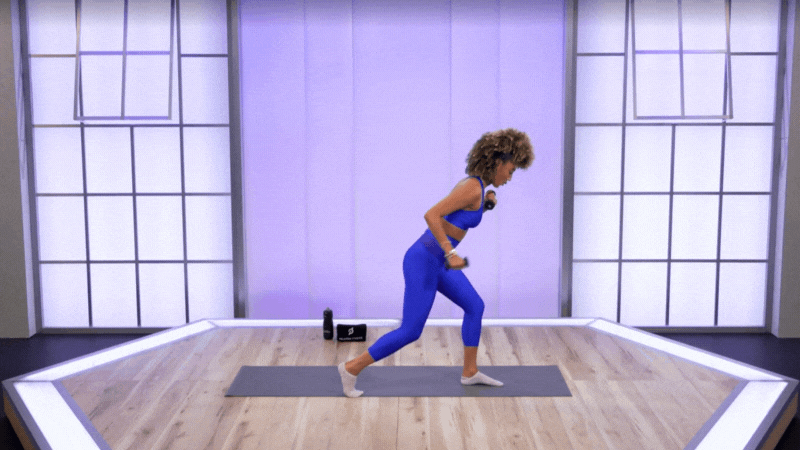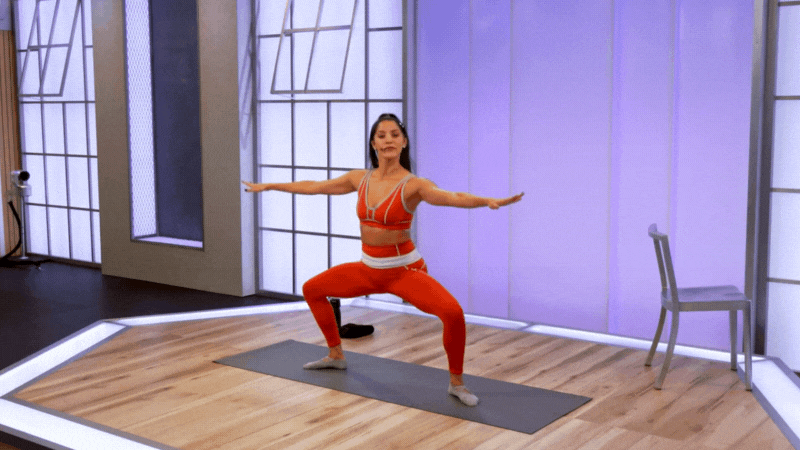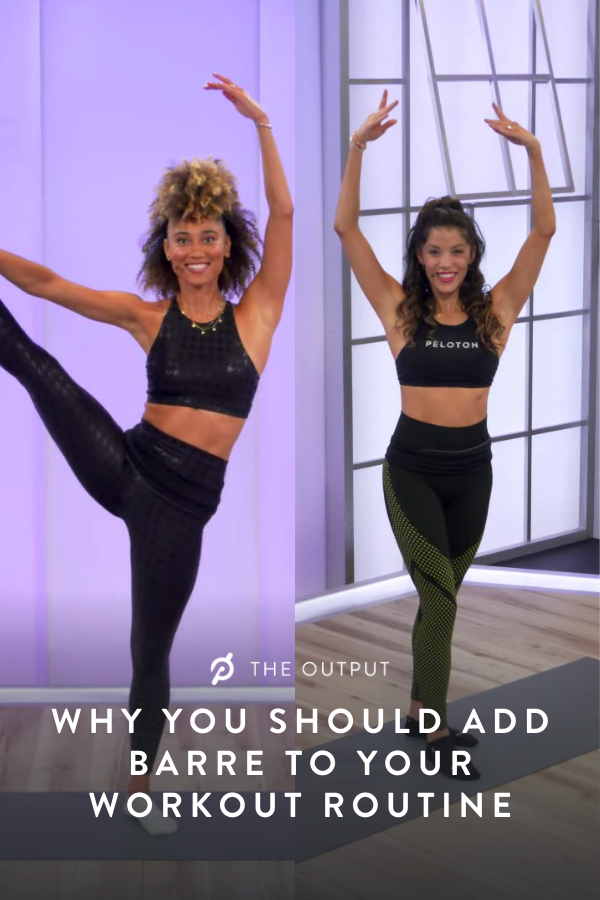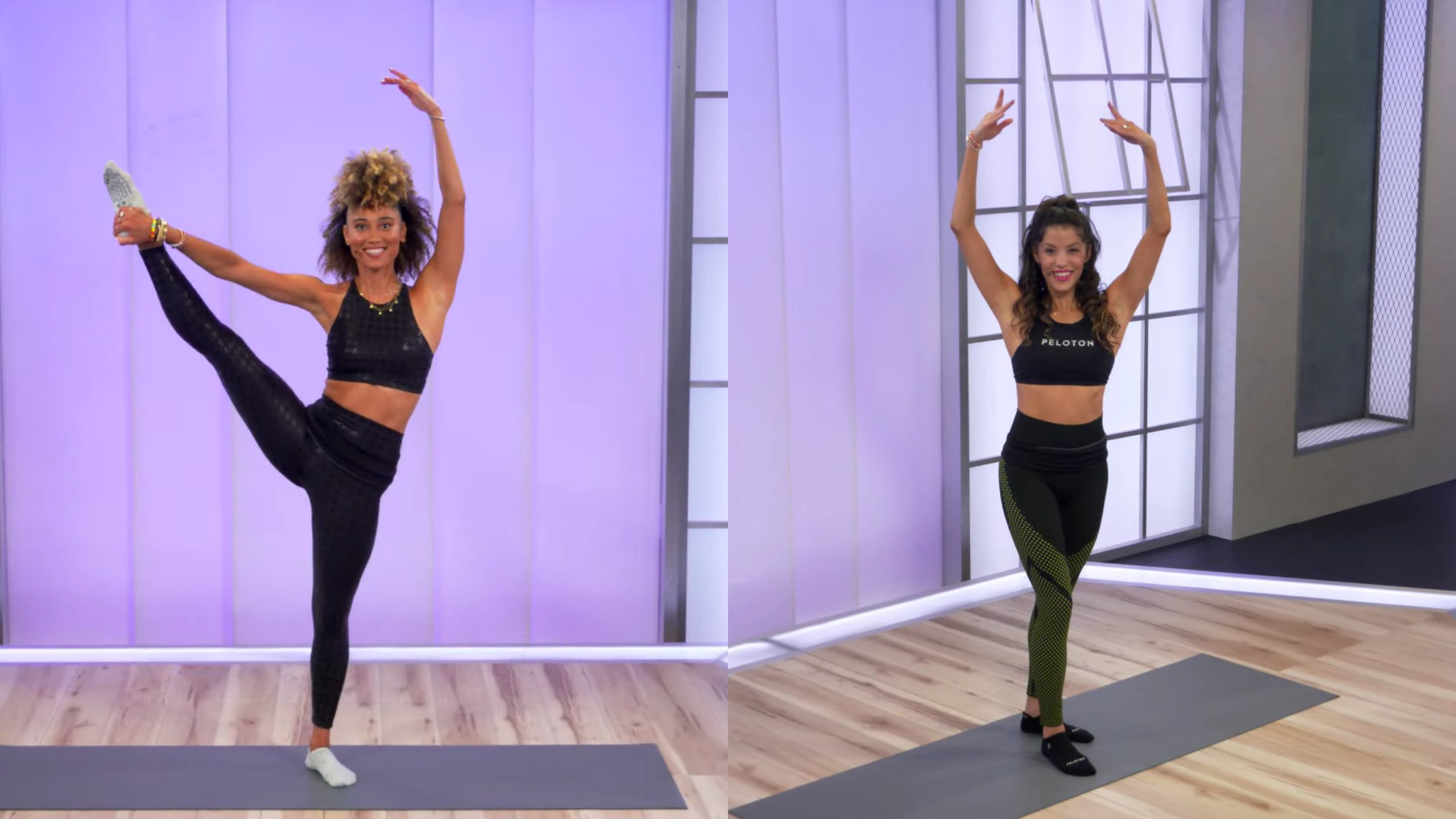“I did a five-minute warm up and was sweating bullets.”
“I could barely get out of bed the next day!”
“I can feel my arms hating me.”
“Never again will I underestimate barre.”
Yes, barre. As these Members who shared their post-class reactions on social media can attest, Peloton’s barre classes are a more challenging workout than you may think. Using light weights and small movements that target often-neglected muscles, they’ll work your body and cardiovascular system in new and beneficial ways.
“Barre is a piece of the puzzle that every cyclist and runner needs,” says Peloton instructor Ally Love, who describes barre classes as a mix of big movements followed by shortened movements, isometric holds and pulses. “With riding and running, you’re moving in one plane of motion. In barre, you actually get to move in all planes of motion. It works those muscle groups that you don’t always work on the Bike and Tread.”

Fellow Peloton barre instructor Hannah Corbin agrees. “Runners and riders are so used to just going forward,” she says. “To wholly train your muscles, you have to teach your body to be ready to not just go forward, but also sideways and diagonal, to twist and turn on a dime. You'll find new levels of endurance and strength that you never would achieve by just riding or running alone.”
As you dynamically work your lower body, upper body and core, you’ll get your heart pumping too. “A bizarre misconception is that there is no cardio in barre,” Hannah says. “Let’s get it straight: Barre is low impact, but you will sweat.”
While your heart rate will rise during a barre class, it may not reach the same heights it does during a ride or a run—and that’s a good thing. “Exercising at different heart rate zones is essential for sustaining exercise and maximizing cardiovascular health,” says Dr. Suzanne Steinbaum, an attending cardiologist and member of the Peloton Health and Wellness Advisory Council. “‘Multimodal’ exercise has been shown to target all aspects of metabolism and allow for recruitment of all types of muscle fibers.”

This means that by training across heart rate zones by mixing up your workouts, you’ll activate both your Type I (slow twitch) and Type II (fast twitch) muscle fibers, optimizing your body for both endurance activities (such as running and cycling) and quicker, more powerful ones (such as jumping and strength training). “When going back to cycling or running [after doing lower-intensity workouts like barre], stamina is increased and fatigue is lessened, allowing for high-intensity exercise in the higher heart rate zones,” Dr. Steinbaum says.
Along with being a lower-intensity workout, barre is low impact, which gives your body a well-deserved break. “High-intensity exercise elicits a great deal of stress and inflammation to the muscles,” notes Dr. Aimee Layton, Ph.D., an exercise physiologist and member of the Peloton Health and Wellness Advisory Council. This promotes strength gain; however, “This level of stress can also lead to injury if it is not balanced with stretching, recovery and lower-impact exercise,” she adds. “Barre is low-impact strengthening and stretching that may lend to a more balanced exercise regime and fewer injuries.”
So while Members may report that “my legs were like Jell-O” or “that 10 minutes felt like 30,” the results keep them coming back for more.
“Barre is fun,” Ally says. “Don’t let anyone tell you otherwise.”
Try a barre class on the Peloton App today!

